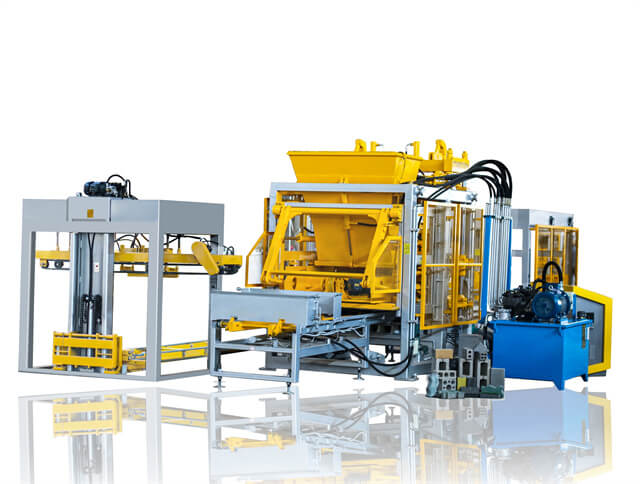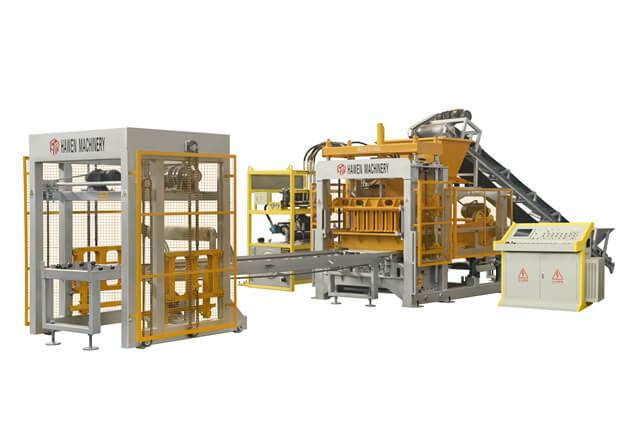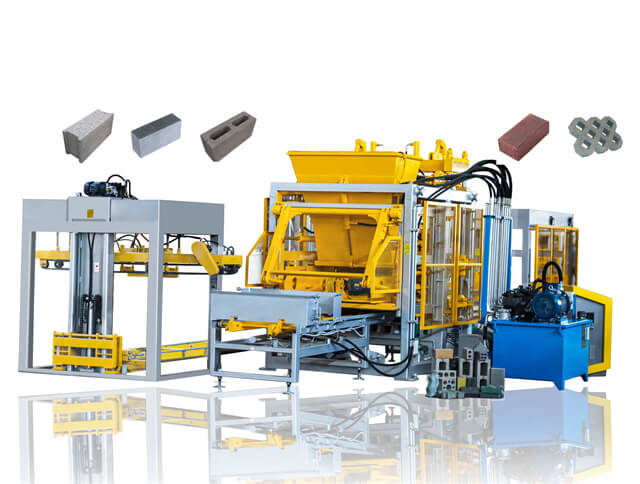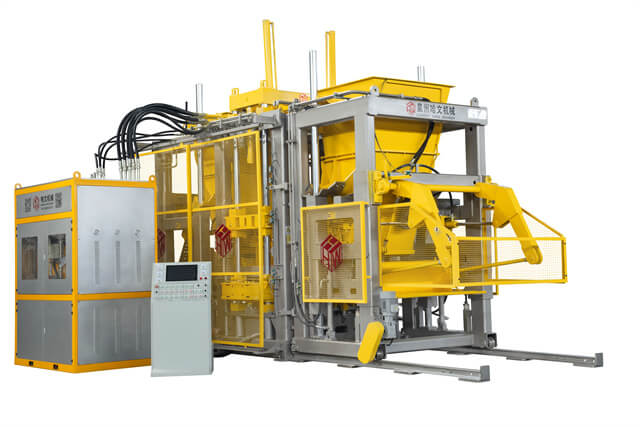
1. Importance of Regular Maintenance. 2. Cleaning and Lubrication. 3. Inspection of Components. 4. Calibration and Adjustment. 5. Training and Operator Knowledg...
Introduction. 1. Raw Material Preparation. 2. Mixing. 3. Molding. 4. Curing. 5. Demolding. 6. Surface Finishing. 7. Quality Control. 8. Packaging and Distributi...
Introduction. Design and Development. Component Manufacturing. Assembly. Quality Control. Painting and Finishing. Packaging and Shipment. Training and Support. ...
1. Raw Material Preparation. 2. Grinding and Mixing. 3. Shaping and Compacting. 4. Cooling and Drying. 5. Cutting and Finishing. 6. Quality Control. 7. Packagin...
Step 1: Site Preparation. Step 2: Setting the Base. Step 3: Mounting the Machine Frame. Step 4: Attaching the Hydraulic System. Step 5: Installing the Screed. S...
Step 1: Preparing the Site. Step 2: Assembling the Machine. Step 3: Testing and Calibration. Step 4: Routine Maintenance. Step 5: Cleaning. Step 6: Replacement ...
1. Regular Maintenance. 2. Lubrication. 3. Troubleshooting. 4. Training. 5. Documentation. 6. Spare Parts. 7. After-Sales Service Support. 8. Preventive Mainten...
Introduction. 1. Site Preparation. 2. Machine Assembly. 3. Electrical Connection. 4. Mechanical Calibration. 5. Lubrication and Maintenance Schedule. 6. Safety ...
1. Selecting the Right Location. 2. Preparing the Ground. 3. Setting Up the Machine. 4. Connecting Power and Utilities. 5. Testing and Calibration. 6. Regular C...
Introduction. 1. Installation Process. 2. Regular Maintenance. 3. Preventive Measures. 4. Timely Repairs. 5. Spare Parts Availability. 6. Customer Support. 7. T...
1. Setting Up the Machine. 2. Assembly and Connection. 3. Testing and Calibration. 4. Routine Inspection. 5. Lubrication and Cleaning. 6. Preventive Maintenance...
Introduction. 1. Installation. 2. Machine Calibration. 3. Regular Maintenance. 4. Mold Maintenance. 5. Troubleshooting. 6. Spare Parts Supply. 7. Training and S...
1. Installation Process. 2. Electrical Connections. 3. Hydraulic System Setup. 4. Mold Selection and Alignment. 5. Material Preparation. 6. Machine Calibration ...
1. Machine Design. 2. Raw Material Selection. 3. Automation. 4. Quality Control. 5. Energy Efficiency. 6. Training and Skilled Workforce. 7. Continuous Improvem...
Installation. Foundation. Startup and Operation. Maintenance. Troubleshooting. Safety Precautions. Environmental Protection. Conclusion....

The Automatic Concrete Block Production Line and Paver-Making Machine is a sophisticated and efficient solution designed for the automated production of high-quality concrete blocks and...

QT12-15 Automatic Hydraulic Hollow Block Production Line Interlocking Paver Machine is a state-of-the-art construction machinery designed for efficient and high-quality production of ho...

The Automatic Hollow Solid Cement Block Machine And Paver Production Line is a cutting-edge solution designed to meet the increasing demand for high-quality and efficient cement block a...

QT15-15Fully Automatic Concrete Kerbstone Block Machine Paver Equipment is alarge-scaleindustrial machine designed for the efficient production of concrete kerbstones, blocks, and paver...
Modern designs of Automatic Concrete Block Machines incorporate energy-efficient features, such as optimized power usage during the block-making process, contributing to overall energy ...
These machines are equipped with safety guards, emergency stop buttons, and other safety features to ensure the well-being of operators and prevent accidents during operation....
While the machine incorporates advanced technology for automation, its operation is designed to be user-friendly and straightforward, requiring minimal training for operators....
